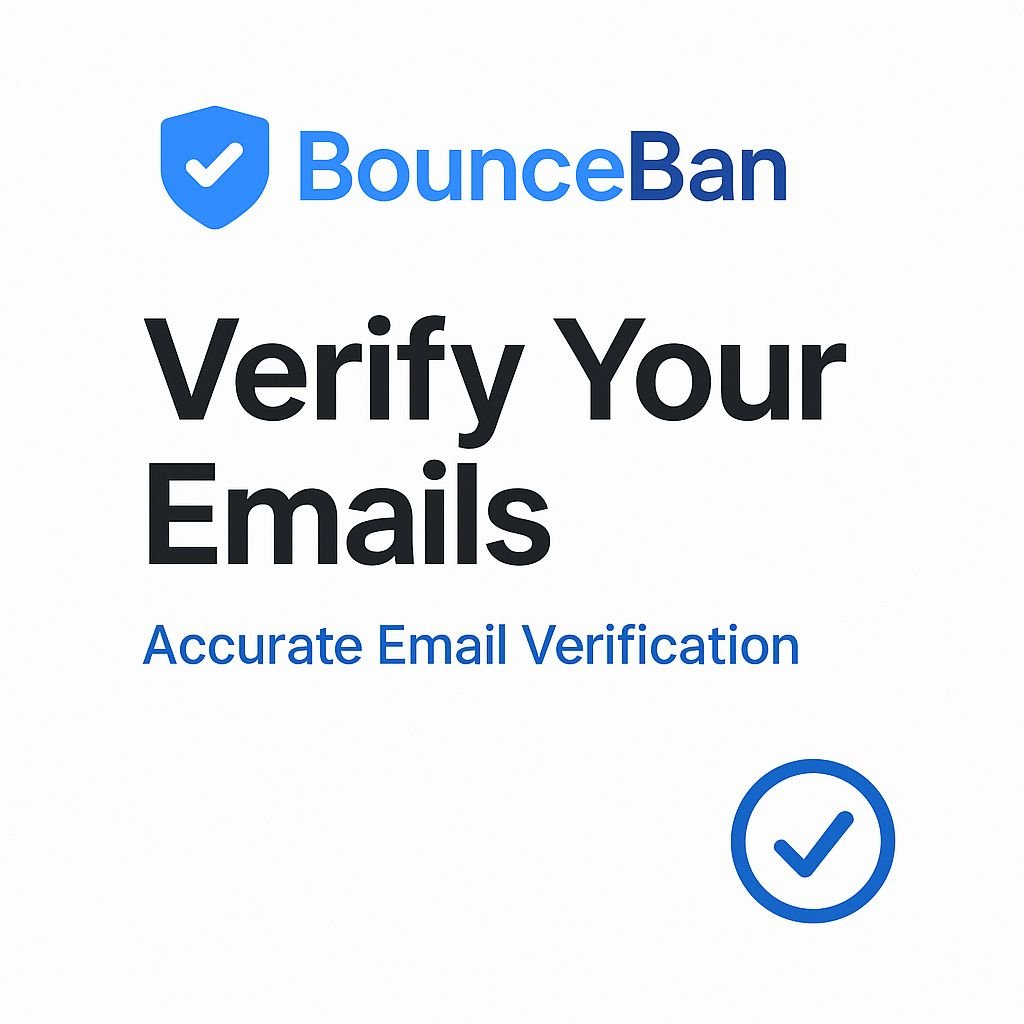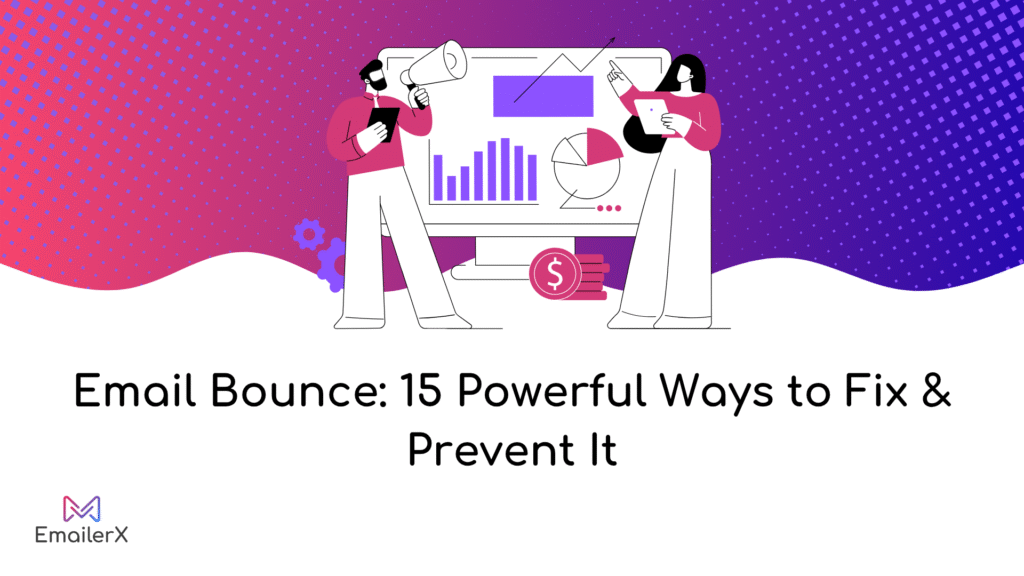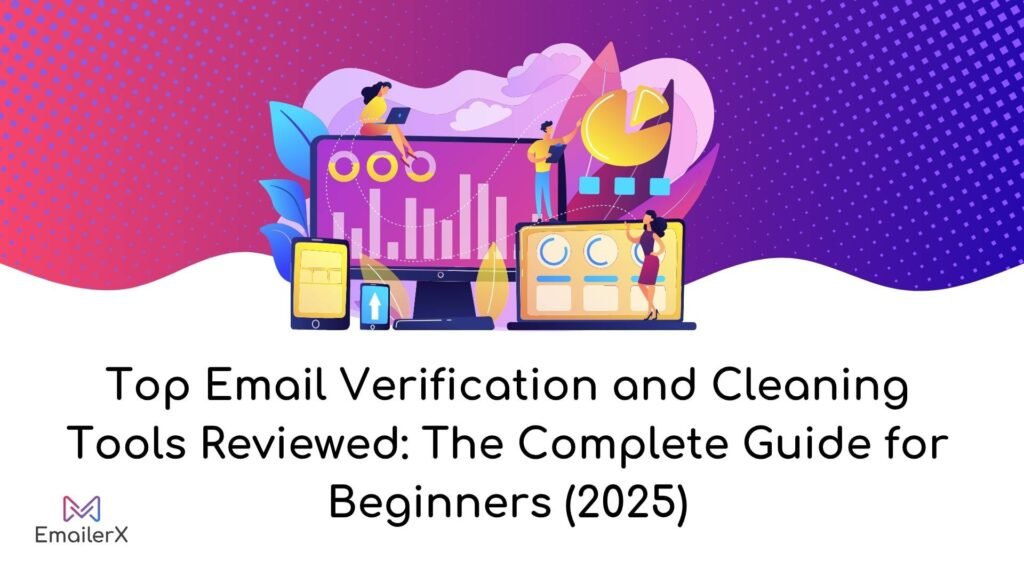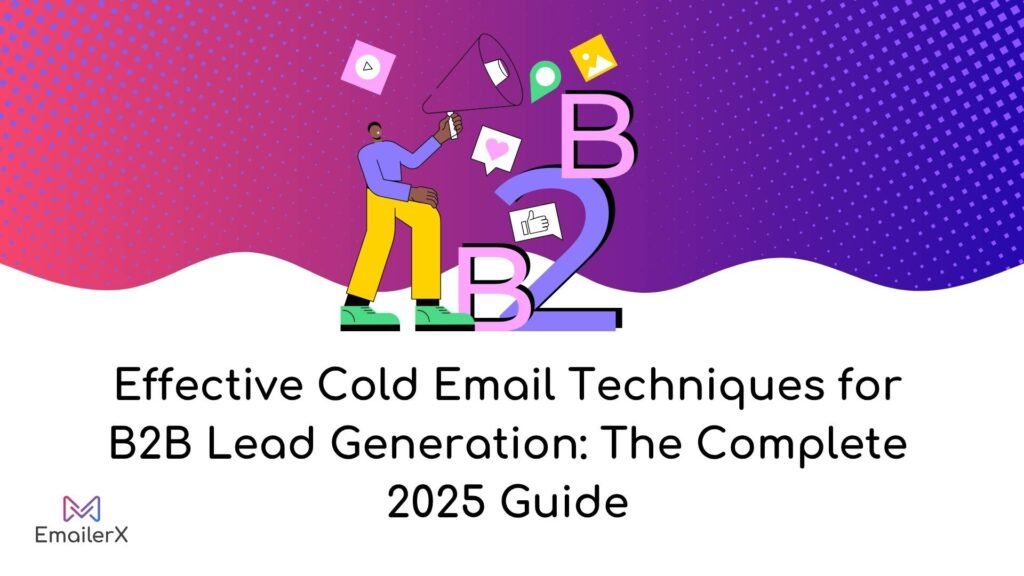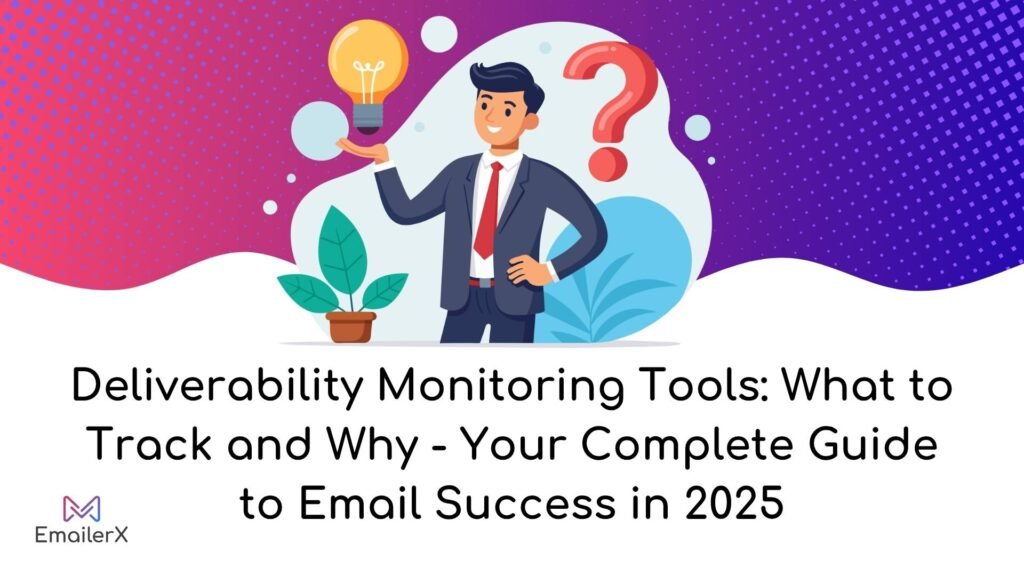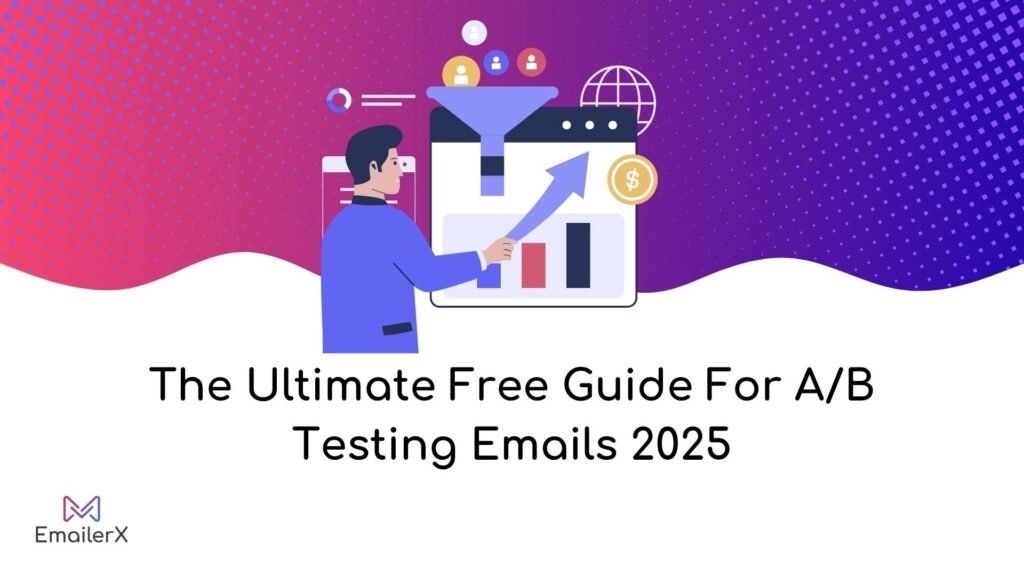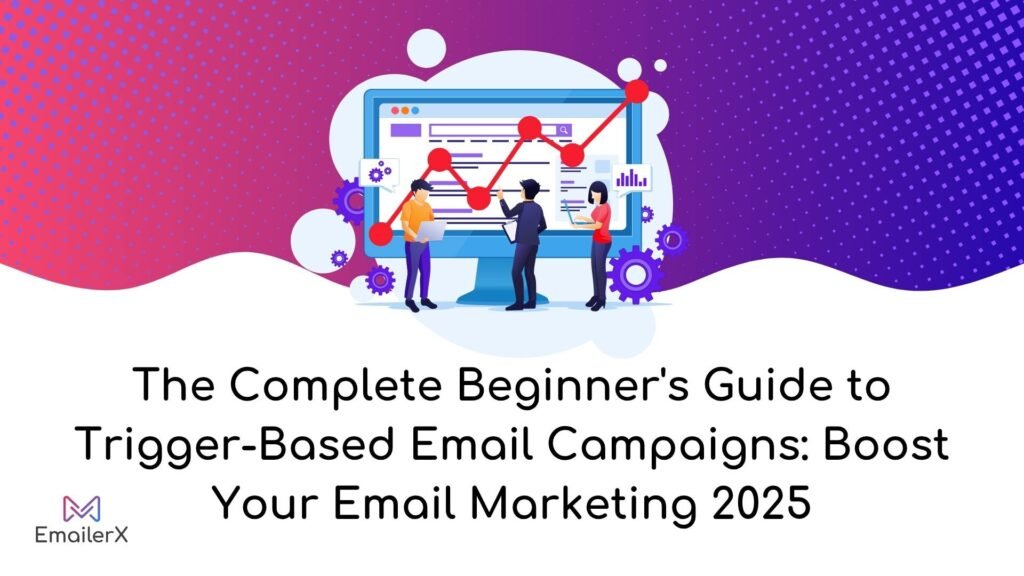Table of Contents
ToggleIntroduction:
“So many tools, so little clarity.”
Let’s face it choosing your first email marketing platform is… a lot.
There are dozens of tools out there promising “drag-and-drop magic” and “insane ROI,” but not all of them are built for your actual use case. And switching later can be a pain.
In this guide, we’ll help you find the right email platform not the “best overall,” but the best for you, based on your goals, list size, and content style.
Step 1: Define Your Email Goals
Before you look at features, get clear on what you actually need.
Ask yourself:
- Are you a creator sending newsletters or content?
- An ecommerce brand needing promotions and transactional emails?
- A startup doing lead gen and nurture sequences?
- A service provider focused on appointments or onboarding?
Goal clarity = feature clarity.
Here’s what different goals might need:
| Goal | Must-Have Features |
| Send content/newsletters | Easy editor, tagging, broadcast scheduler |
| Sell products (ecom) | Cart integration, product blocks, promo tools |
| Automate onboarding | Workflows, triggers, contact scoring |
| Capture leads | Forms, landing pages, integrations (CRM) |
| Build audience trust | Personalization, segmentation, good deliverability |
Step 2: Know the Key Features to Compare
Here are the 6 core things to look at across all platforms:
- Ease of Use – Is the editor intuitive?
- Automation – Can you set up welcome emails, drips, and triggers?
- List Management – Can you tag, segment, and clean lists easily?
- Deliverability – Do emails actually land in inboxes?
- Integrations – Can it connect with your CRM, store, or website?
Pricing – Is it affordable for the features you’ll actually use?
Step 3: Match Use Case to Platform
Here’s a quick decision matrix to help.
| Platform | Best For | Key Strengths | Weak Spots |
| Brevo | Startups & small businesses | Transactional + marketing in one | Less intuitive UI |
| Mailchimp | General beginners | Templates, brand builder, analytics | Gets pricey fast |
| ConvertKit | Creators, coaches, solo brands | Tagging, sequences, ease of use | Not ideal for ecommerce |
| Beehiiv | Newsletter-first creators | Publishing + email in one | Limited automation (for now) |
| MailerLite | Budget-conscious beginners | Great editor, simple automations | Fewer integrations |
| Klaviyo | Ecommerce brands (Shopify, etc.) | Deep data + revenue tracking | Not beginner-friendly UI |
Pro Tip: Try a free plan for 1–2 tools and test their workflows before committing.
Step 4: Test with a Mini Campaign
Once you shortlist 2–3 platforms:
- Create a test campaign (welcome email + one follow-up)
- Add yourself to the list and test the experience
- Measure ease of use, speed, support, and final output
This will give you real-world insight on what the day-to-day feels like.
Step 5: Think Beyond Just Email
Many platforms now offer:
- Landing pages
- Sign-up forms
- Analytics dashboards
- SMS marketing
- CRM integrations
Ask: Do you want an all-in-one suite or a best-of-breed email tool that plugs into your existing stack?
Final Recommendations (By Scenario)
| If you’re a… | Try… |
| Creator or newsletter publisher | Beehiiv, ConvertKit |
| Budget-conscious small biz | MailerLite, Brevo |
| Shopify or ecommerce brand | Klaviyo, Omnisend |
| B2B SaaS/startup | Brevo, ActiveCampaign |
| Brand with big list scaling up | Mailchimp (paid), Drip |
Mistakes to Avoid
- Chasing features you won’t use (complex = less consistent)
- Ignoring deliverability and list management
- Choosing based solely on what a YouTuber recommends
- Not testing the user experience before committing
Wrap-Up: Choose for Fit, Not Hype
There’s no one “best” email tool only the best one for your current stage. The right platform should make email feel easier, not more complicated.
So start small, stay consistent, and upgrade when your needs grow.



